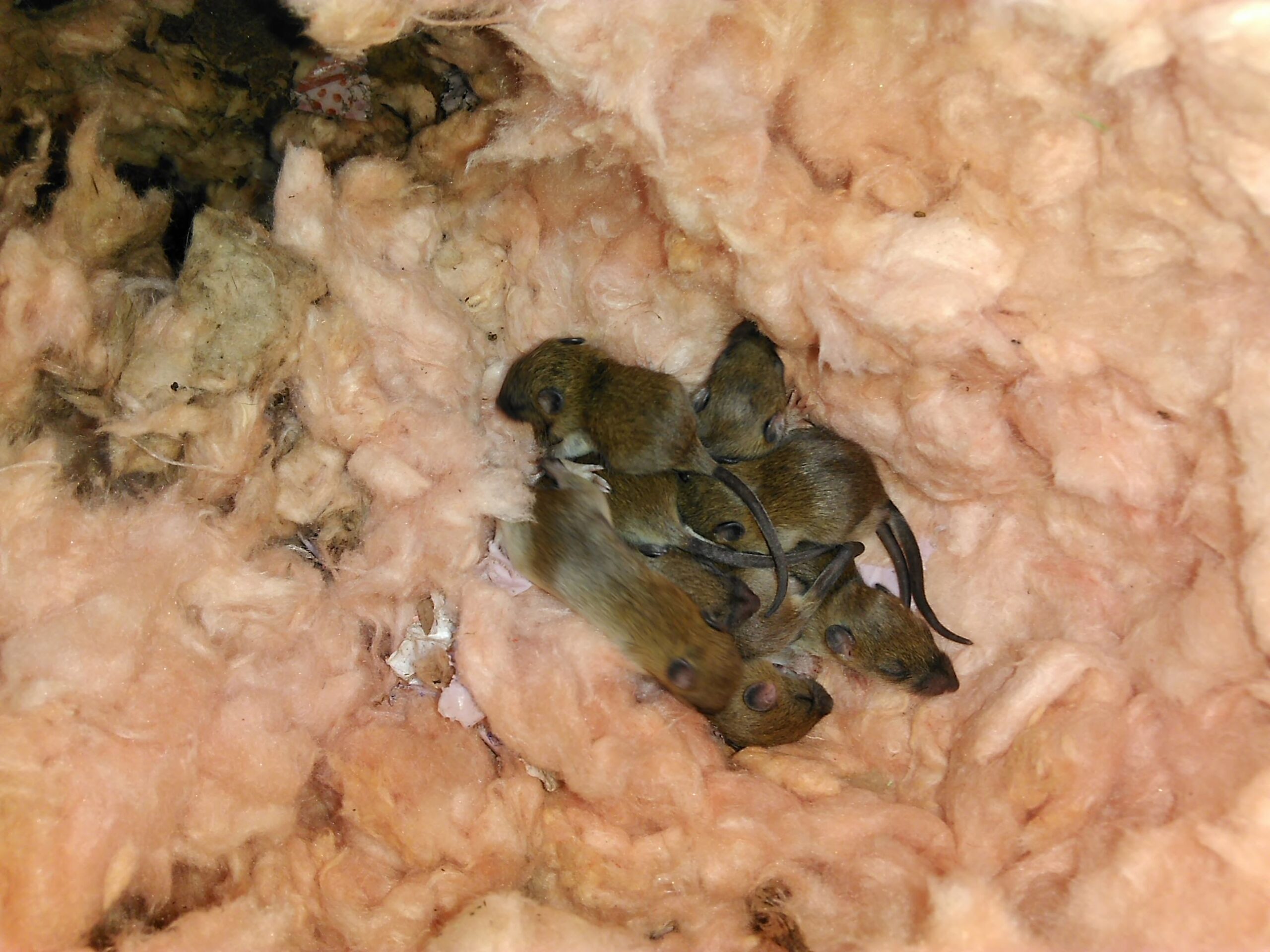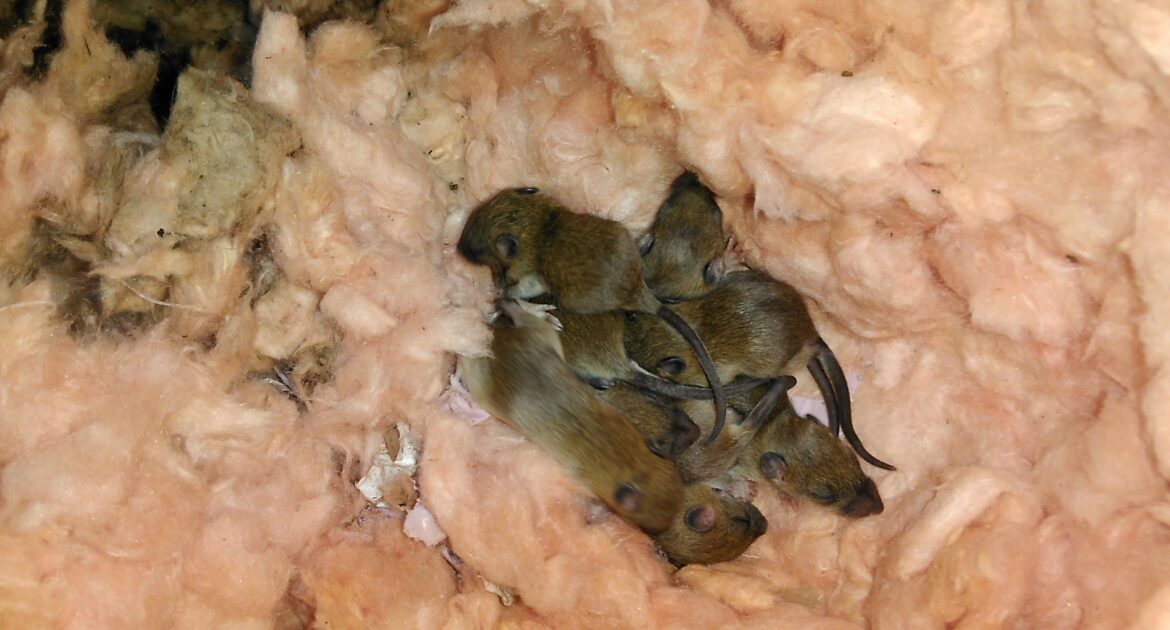Rats can make excellent pets, but that doesn’t mean you should try to capture a wild one and turn it into your furry, fun-loving family member. Wild rats deserve to stay wild, and if you find one in your home, it’s a good idea to contact experts in rat control who can safely and humanely remove the rat from your house. Though there are similarities between wild and pet rats, there are also several very important differences.
Lean and Muscular vs. Plump and Soft
Though wild and pet rats are all members of the same Rattus family, most pet rats are descendants of a single species endemic to Norway. However, their genetic differences don’t contribute as much to differences in physical characteristics as their environments do. Rats can grow to as long as 30 cm, yet most wild rats never live long enough to achieve it, while pet rats do, because life is harder for an animal living in the wild.
In their natural environment, rats are very active. They can cover a lot of ground looking for food. They have high metabolisms and must work for their suppers. On the other hand, pet rats are more sedentary due to their confined environments, and their meals are provided by their humans. These differences make wild rats more muscular and leaner than pet rats.
Solitary vs. Social
Pet rats are highly social. They like being around their owners and can seek out attention and affection. They are friendly and entertaining, though they may still bite if they feel that they are in danger. Domesticated rats also don’t mind the company of other rats, and some of them even become friendly with other family pets.
Wild rats prefer the solitary life. Unlike mice, they don’t form colonies. They are also skittish. You react in sheer terror at seeing a rat in your house, but you can take comfort in knowing that the rat likely feels the same about seeing you. Wild rats do not willingly choose to enter an area with humans, but they may be compelled if there is an easy food source.
Disease Prone vs. Healthy
Wild animals have the potential to carry diseases that they can pass on to humans and their pets. Rodents are no exception. They can transmit diseases through their urine and feces, their blood, and through the air. In this region, wild rats can carry:
- Hantavirus: Some wild rat species in North America carry the hantavirus, which causes the potentially fatal hantavirus pulmonary syndrome. The virus is transmitted when people come into contact with urine or droppings.
- Leptospirosis: These bacteria can lead to a severe illness in some people and animals, though not all who are exposed to the bacteria have symptoms. Most people contract the disease through contaminated water or soil.
- Salmonella: Salmonella is a common bacterial disease throughout North America. Rats are carriers of the disease, and people can contract it when they eat or drink something that is contaminated with rat urine or feces.
- Rat-bite fever: People can catch rat-bite fever if they are bitten or scratched by an infected rat. The disease is caused by bacteria.
Though pet rats aren’t necessarily free from disease, they are less likely to be carriers when their environments are kept clean. If you have a pet rat, you can reduce your chances of contracting the diseases rats transmit by keeping their cages clean and protecting yourself during the process.
Humane Rat Control vs. Continued Care
If you want a pet rat, we don’t blame you! They can be entertaining and endearing. Find your new pet at a pet store, rather than looking for a wild rat to take in. If you find a wild rat in your home, get in touch with Skedaddle to schedule services for wildlife removal in Newmarket. If you have a pet rat, continue providing it with love and care.




